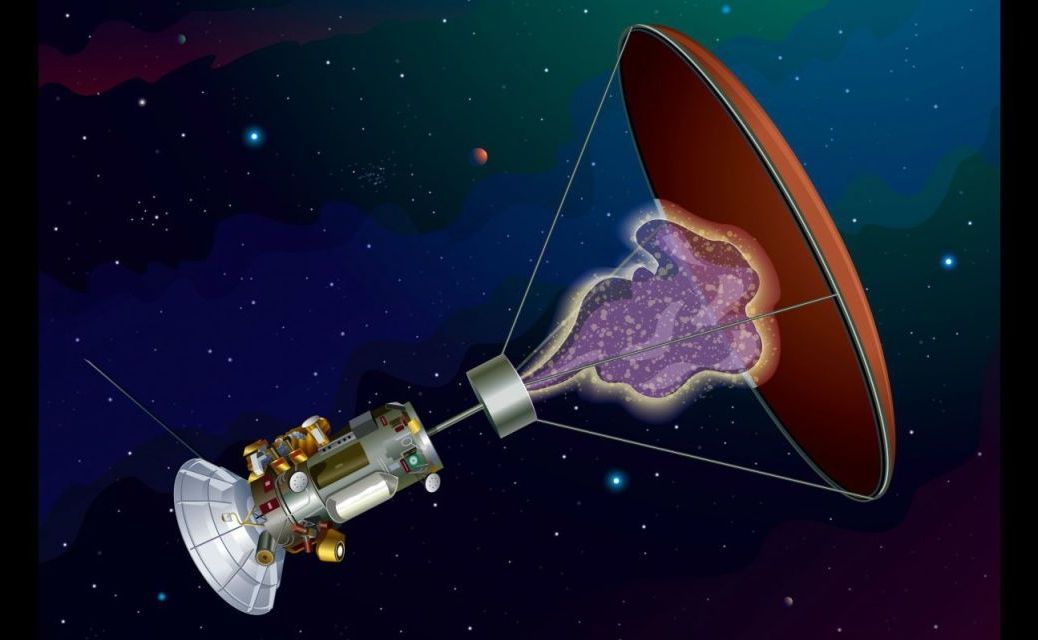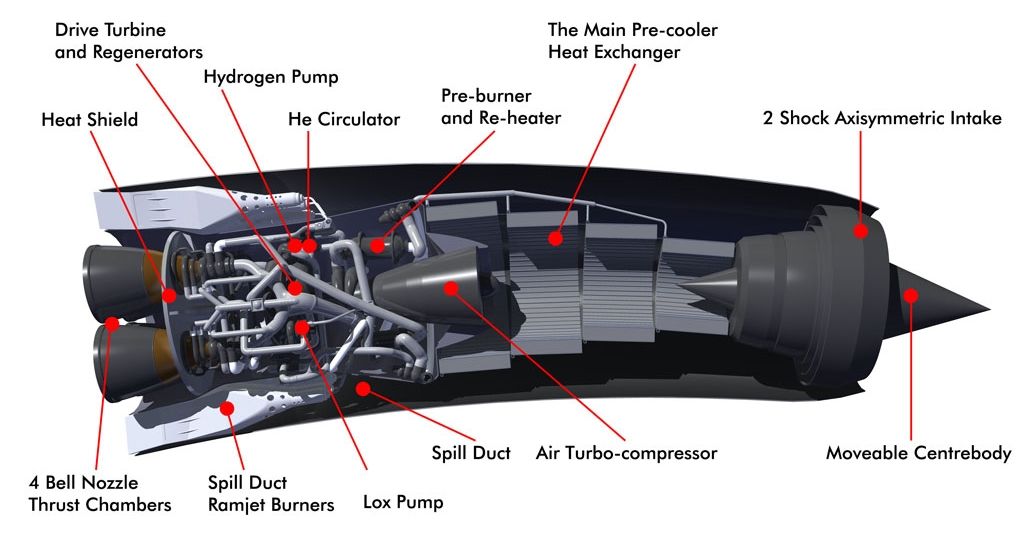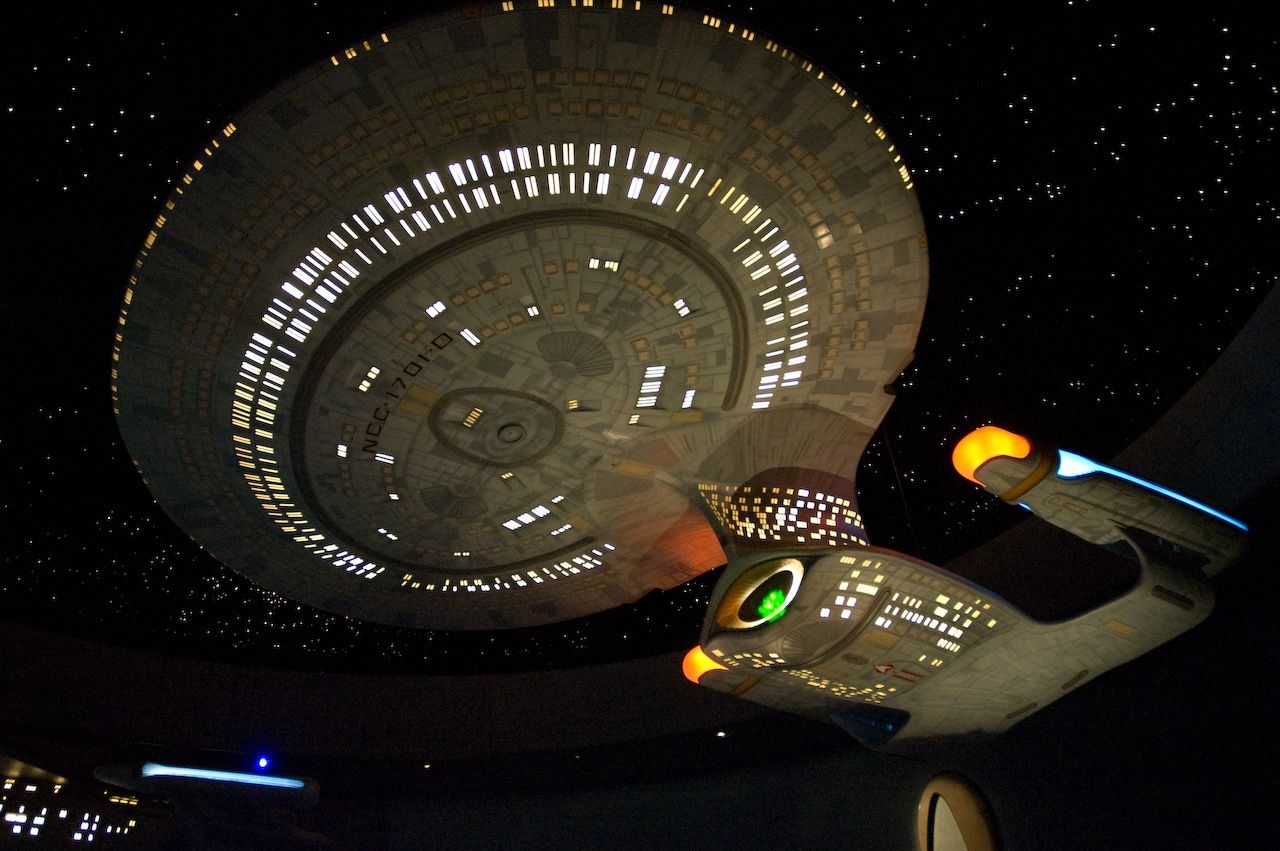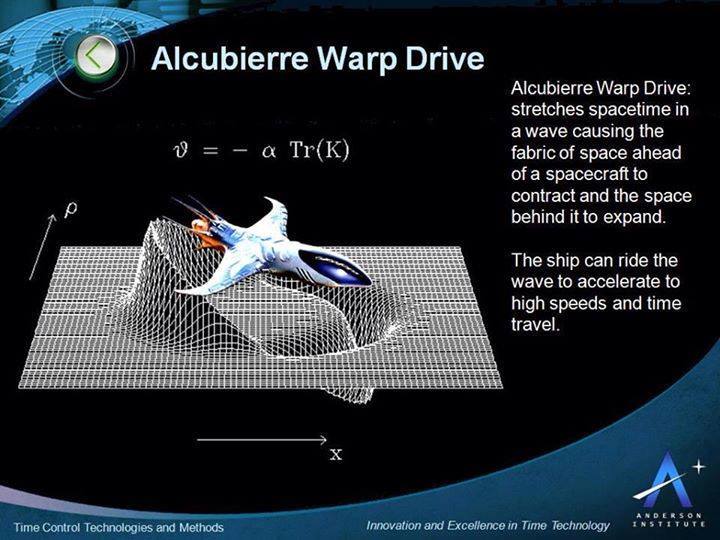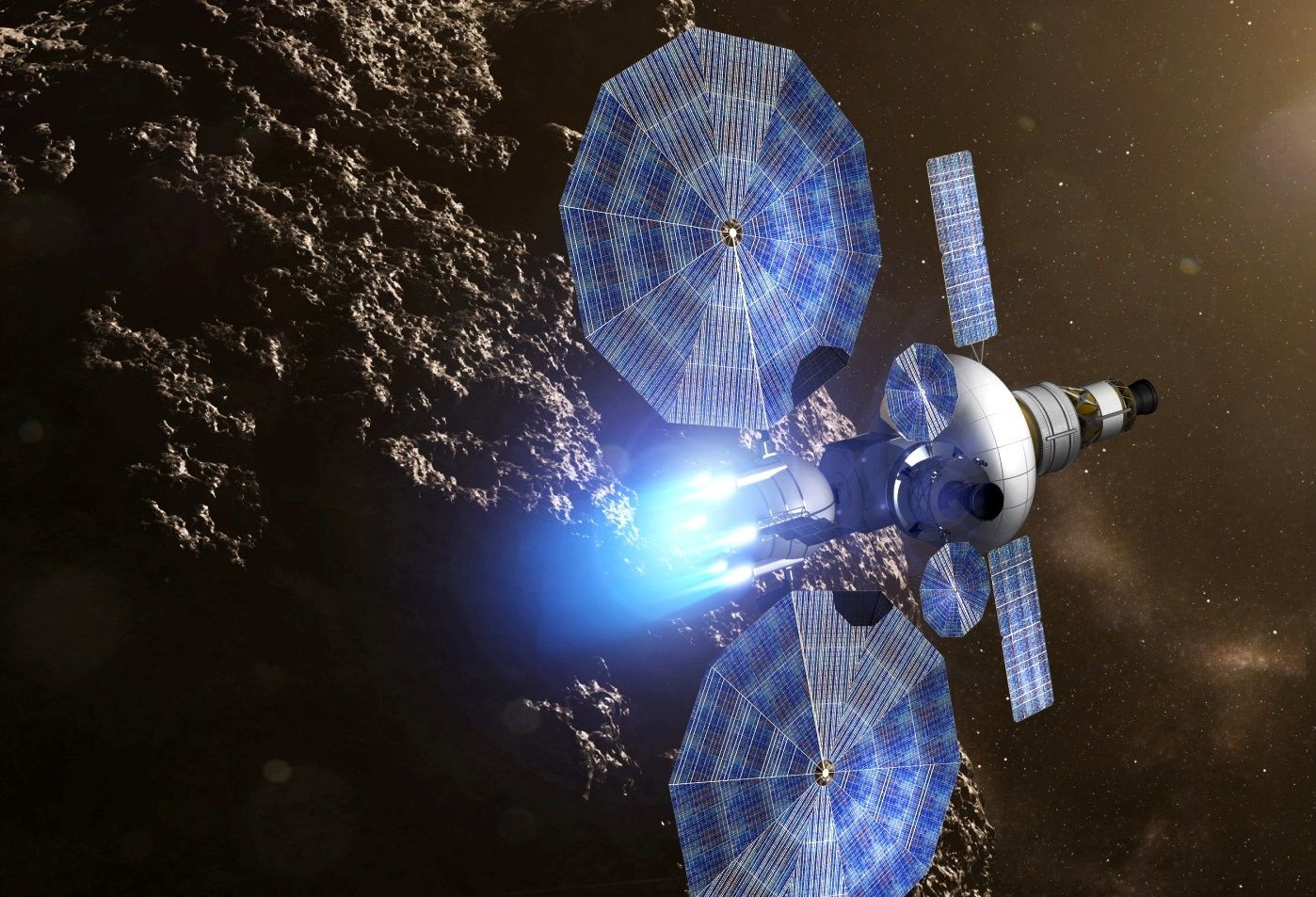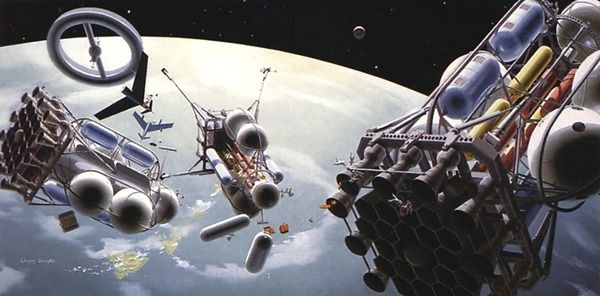Mar 3, 2016
Zoom to Mars in 6 weeks with new Russian nuclear-fission engine
Posted by Andreas Matt in categories: nuclear energy, space travel
A nuclear power propulsion system could propel a spacecraft to Mars in just over a month, a huge step forward from the current 18 months required. Russia might test a nuclear engine as early as 2018, the head of the Rosatom nuclear corporation revealed.
Another advantage of a nuclear engine is that it enables a spacecraft to maneuver throughout the flight, whereas existing technology only makes a defined trajectory flight possible.

